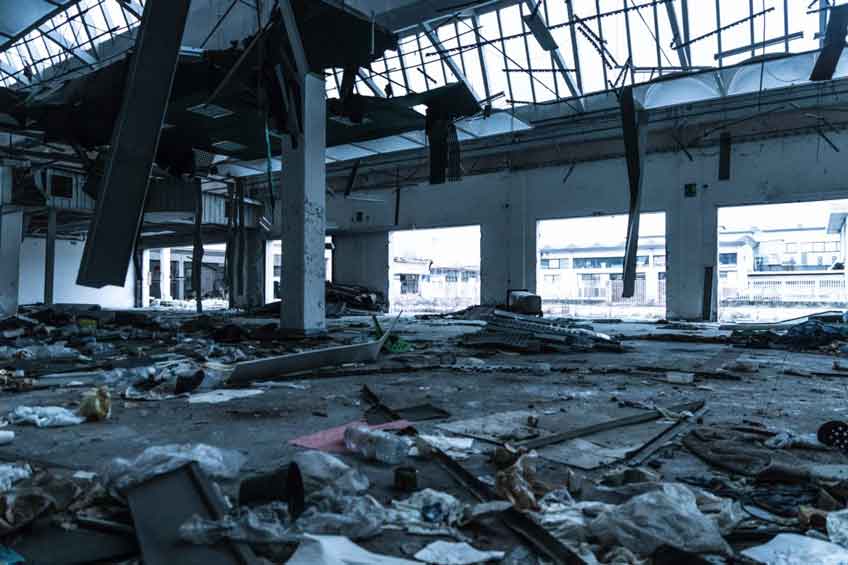Recycling at home is one thing—and we can only hope everyone does it already, keeping aluminum, paper material, and plastics separate from the rest of our everyday garbage. After all, most cities offer convenient recycling pickup services, even for apartment dwellers. And some cities—including Seattle, Pittsburgh, and San Diego—have even made recycling mandatory for both residences and businesses. And of course, a metal recycling facility like ours can even pay you for your used metal.
But recycling of construction and demolition debris is a bit different. It’s important because it’s on a larger scale and there’s so much waste involved. In fact, C&D debris is one of the largest sources of solid waste in the United States. When it’s not responsibly recycled, it ends up in already-overflowing landfills. Here are the most important reasons to recycle construction and demolition debris.
Save Money
The price of an average demolition service is $20,000 for a large building. When you consider that you’re paying all that money solely to clear the ground, it seems pretty illogical. Recycling that construction debris, however, costs significantly less. Instead of paving the site and contributing more waste to another landfill, a metal recycling center will dismantle and deconstruct your work site, taking all recyclable materials off your hands to be reused. The best part? Unlike a conventional demolition removal, we pay you for those materials, which means you get an immediate discount on your bill.
Help Conserve Natural Resources
Once the demolition is done, a worksite is full of materials used during construction, including concrete, brick, metals, glass, lumber and more. In the manufacturing stage, these materials are derived from materials extracted from the earth, which puts a strain on limited natural resources. C&D recycling, on the other hand, gives these waste materials new life.
For example, the mixture of crushed concrete and brick provides an alternate material for rock sources. Drywall scraps can be grinded for use on site as a soil amendment. Recycling the wood creates opportunities to produce fuel and mulch. Metals can be reused in newer homes or industrial construction that utilizes green building techniques. Each of these materials can be recycled in ways that benefit production and consumption without having to burden our natural resources further. In the meantime, we lower our carbon footprint with every new recycled construction site.
Help Create More Jobs
Recycling facilities aren’t just made up of machine separators. There are real people here, working hard behind the scenes to make sure every last scrap of metal is repurposed for a greater good. In fact, it takes more employees to manage the manual separation of materials than it does to toss that waste into a landfill. Instead, the recyclable waste is moved along a process line and carefully hand-picked before the stages of processing and transporting to their new homes.
Reduce Landfill Waste
It’s alarming but true. Just a few years ago, the amount of C&D waste that ended up in landfills was 548 million tons—twice the amount of generated municipal solid waste!
It’s clear that we need to reduce our dependence on landfills and make better use of leftover construction waste, not only for the environment but for our own health as well. The accumulation of landfill waste means toxic substances like acids, lead, arsenic, mercury, and hydrogen sulfide leak into the environment and harm the natural resources we consume.
If you’re in need of an Austin demolition removal service, you’ve come to the right place. Gardner Metals has been a local and family-owned recycling center here in Austin for the past 50 years. We offer demolition removal for industrial projects in the Austin area, and we’ll pay you on the spot for your discarded materials. Contact us today, and feel good about the impact you’ve made by recycling!

